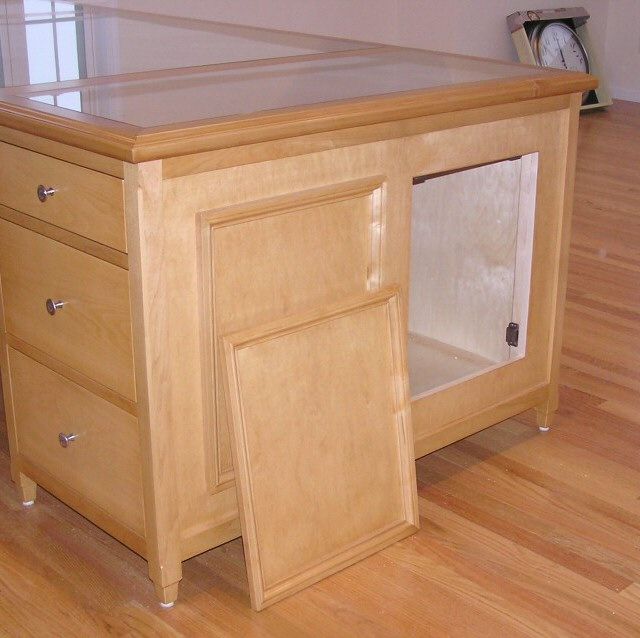Question
I'm looking for a method of matching trim pieces on an existing desk. I have tried the needle gauge and the trim is just too complex and small. Does anyone know of a modeling clay or something similar that is firm enough to hold the shape when pulled away? I have tried painter's putty but this and other similar products are too sticky and deform as pulled away.
Forum Responses
(Cabinetmaking Forum)
From contributor M:
There was an article some years back in Fine Homebuilding where the author used Bondo to make “negatives” of existing moldings, which he then used to have knives made. He taped off a section (maybe 1-1 ˝” depending on the size molding), mixed the Bondo and smeared it on, added pieces of wood to strengthen it, let it set up and then popped it off. I think that he used cooking spray for a release agent so the Bondo would not adhere to the finished surface.
I have used lots of different wood species and also Styrofoam for reverse sanding blocks. The absolute best is balsa wood. The balsa sands rapidly and as a bonus, its soft and spongy nature makes it behave similar to a cork backing for increased sandpaper life.
Adding the sandpaper to the profile being copied changes it by the thickness of the sandpaper. This difference is canceled when the same thickness of sandpaper in used on the reverse sanding block to make/sand molding. Of course this technique is only useful for a small amount of molding or to sand moldings made by conventional means.
To sand a moulding from scratch is much faster if the molding blank is roughed out on a table saw with multiple passes at multiple blade elevations.
Comment from contributor A:
Bondo works great. Just apply clear tape to the wood surface, apply wax on top of that and then the bondo. As soon as the bondo hardens and is still hot just slowly remove from molding. Apply temporary adhesive to the block and go to town. I completed one in about five minutes.
